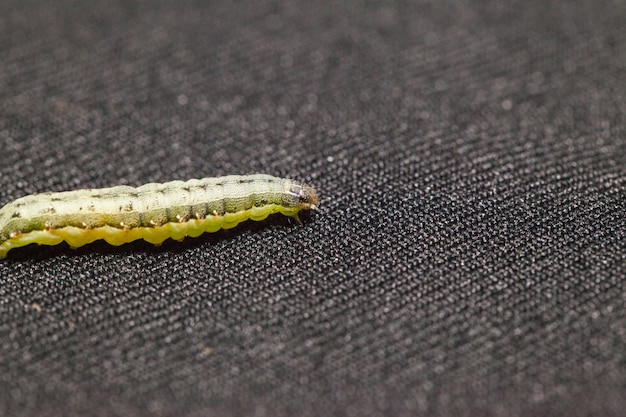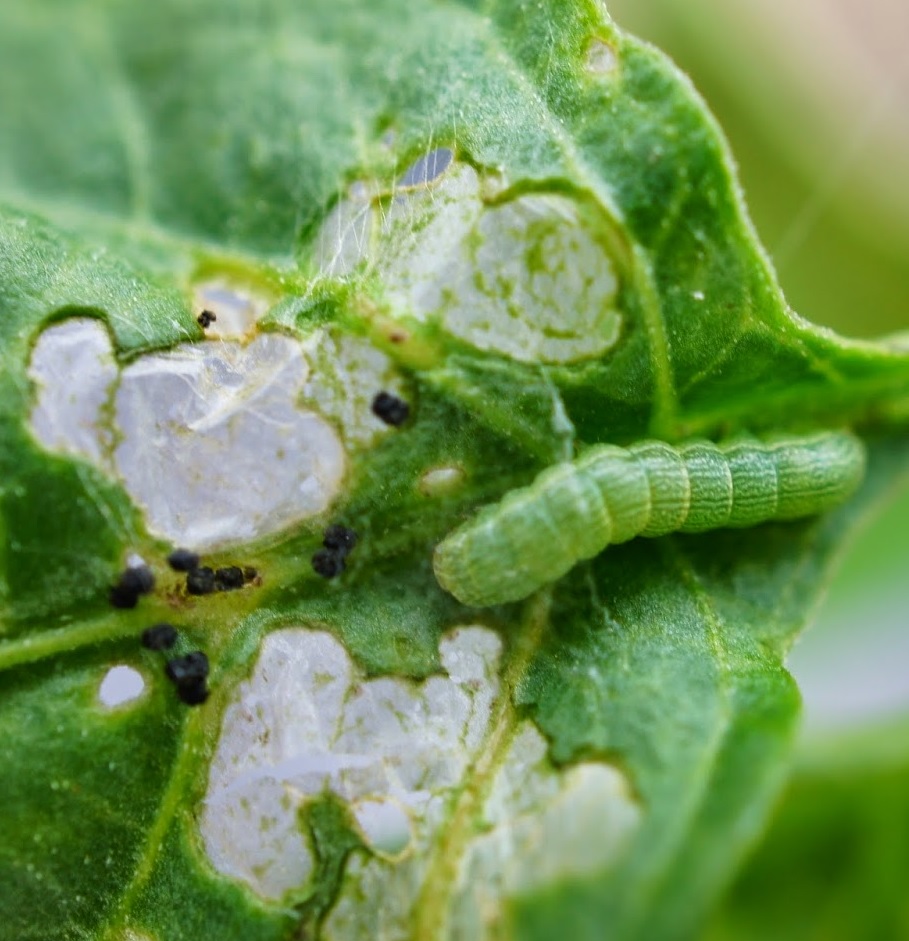


Home gardeners: Control weeds, grasses, and debris in the vegetable garden that provide cover hand-pick cutworm larvae, using a flashlight to find them, if practical. Fall tillage can help destroy overwintering pupae. Lambsquarters and wild mustard attract egg-laying females and provide a source of food for larvae. Pest description, crop damage and life history

This observation leads to the conclusion that a polyphagous herbivore is able to feed on a large variation of host plants due to the flexibility and diversity of genes involved in digestion and detoxification that are deployed in response to particular host plant species.Western yellowstriped armyworm (Spodoptera praefica ) tabacum, with low herbivore success, imply a host plant-specific gene activity for larvae feeding on host plants with suboptimal herbivore success. Whereas the finding of specific gene clusters containing particular digestion and detoxifying genes expressed in larvae feeding on B. mays and the artificial diet suggest a general and non-specific gene activity for host plants with optimal herbivore success. exigua larvae deploy particular host plant-specific genes for digestion and detoxification.ConclusionsThe lack of a host plant-specific gene activity for larvae feeding on Z. Functional annotation of these clusters indicates that S. In contrast, for larvae feeding on hosts for which they showed low herbivore success, specific diet-dependent gene clusters were identified. No diet-specific gene cluster was identified for larvae feeding on the host for which larvae showed optimal herbivore success, Z. Unique gene expression patterns, containing uniquely upregulated transcripts including specific detoxification genes, were found for larvae feeding on either B.

We identified shared and unique gene expression patterns dependent of the host plant species the larvae fed on. Larvae feeding on the different host plant species showed divergent transcriptional responses. The host plant species used in this study –cabbage (Brassica oleracea), maize (Zea mays) and tobacco (Nicotiana tabacum)- are members of different plant families that each employ specific defence mechanisms and toxins.ResultsSpodoptera exigua larvae had a higher growth rate, indicator for herbivore success, when feeding on Z. Here, we generated gene expression data of the generalist herbivore Spodoptera exigua (Hübner) feeding on three selected host plant species and a control (artificial diet). ISSN 1471-2164ĭetoxification - Gene expression - Generalist - Herbivory - Host specialization - Polyphagy - RNAseq - TranscriptomicsīackgroundTo understand the genetic mechanisms of insect herbivory, the transcriptional response of insects feeding on different host plant species has to be studied. An influential meal: host plant dependent transcriptional variation in the beet armyworm, Spodoptera exigua (Lepidoptera: Noctuidae)īreeschoten, Thijmen Ros, Vera I.D.


 0 kommentar(er)
0 kommentar(er)
